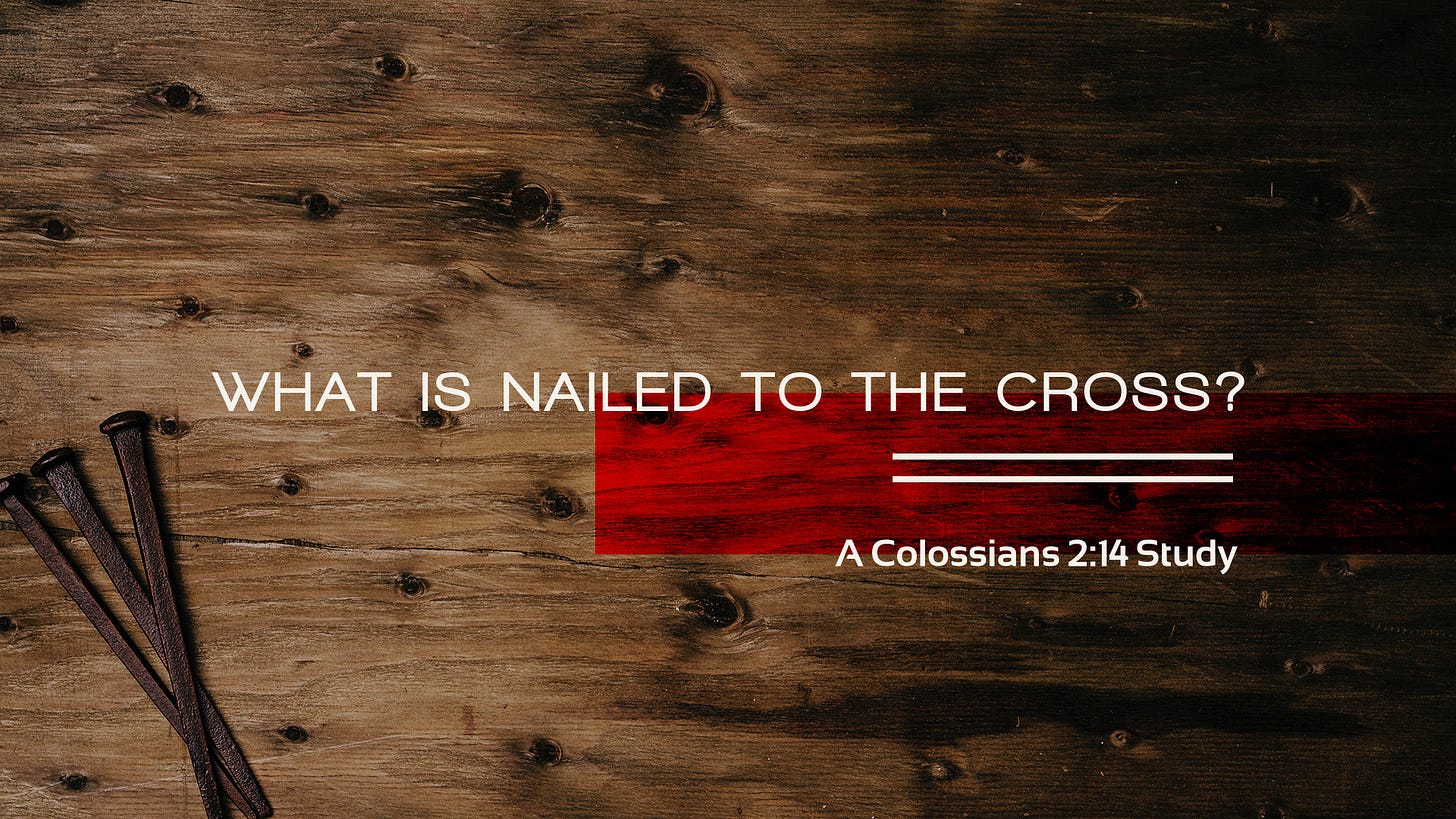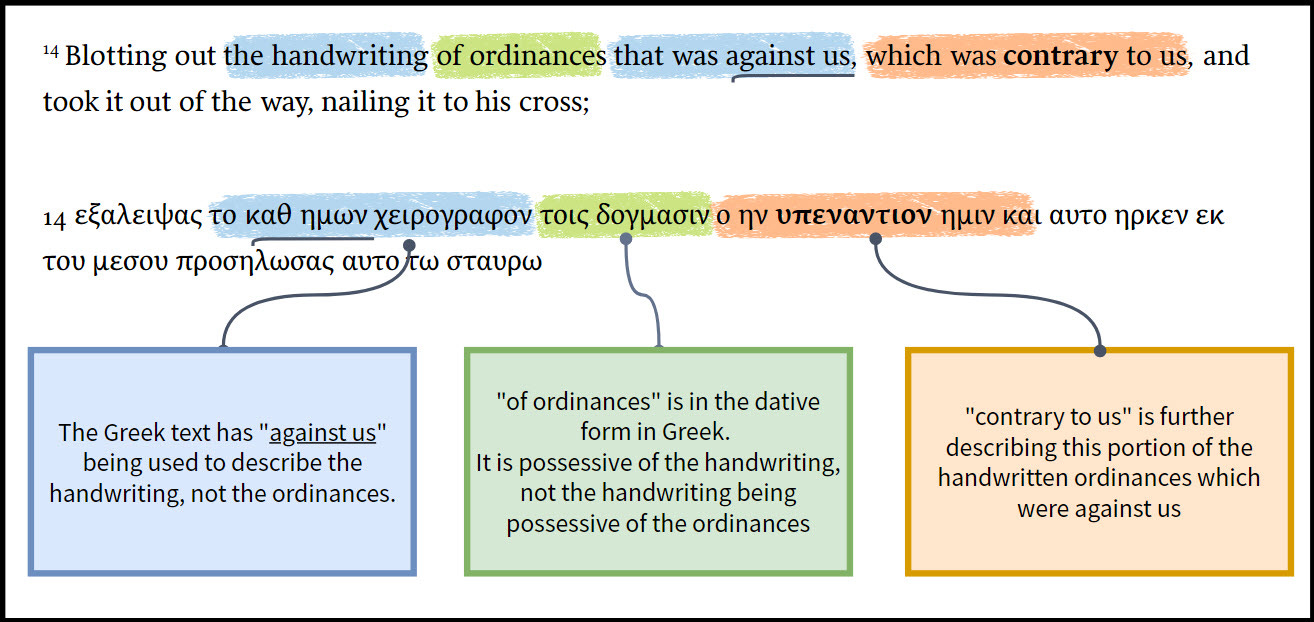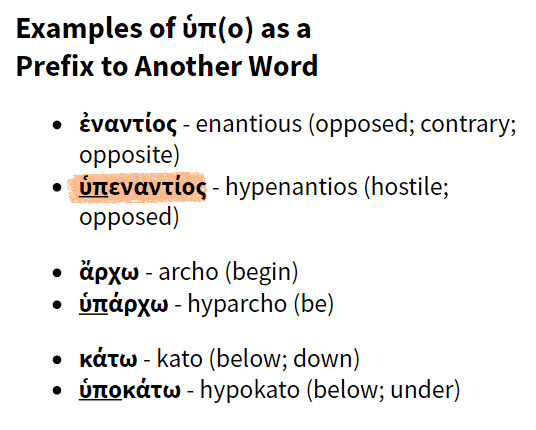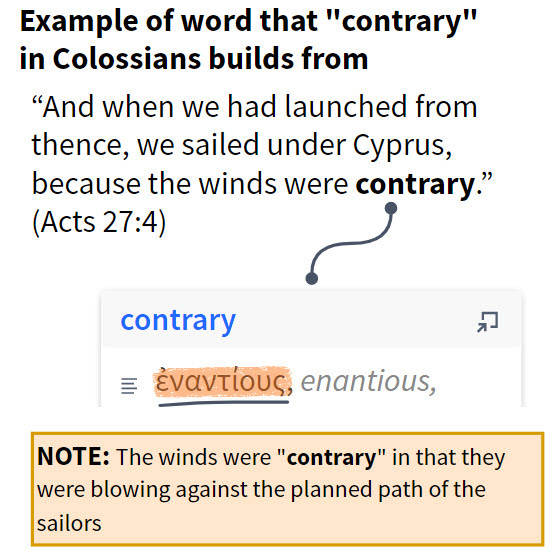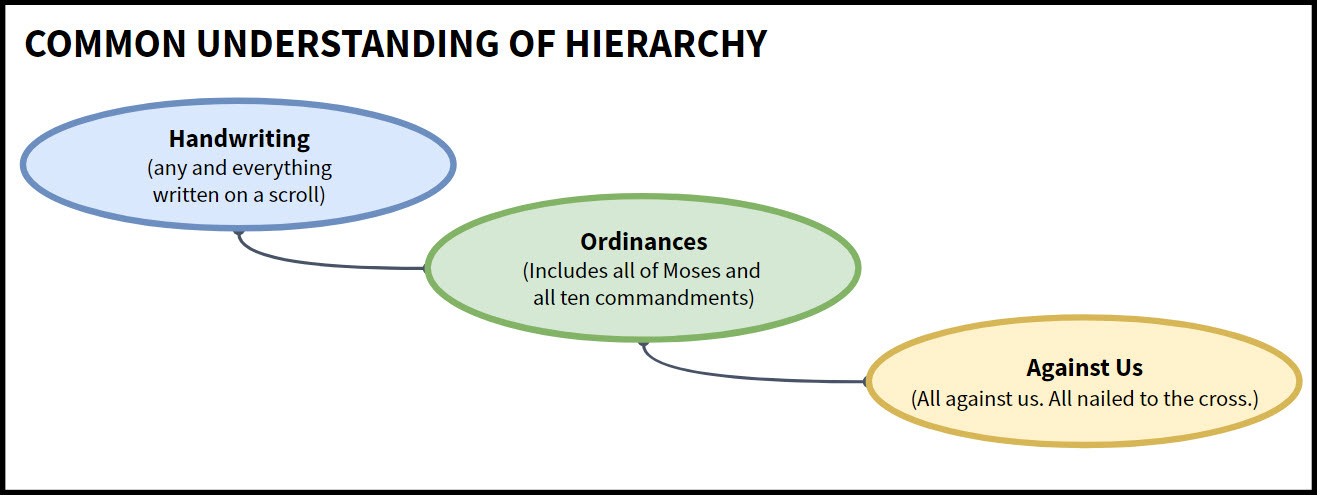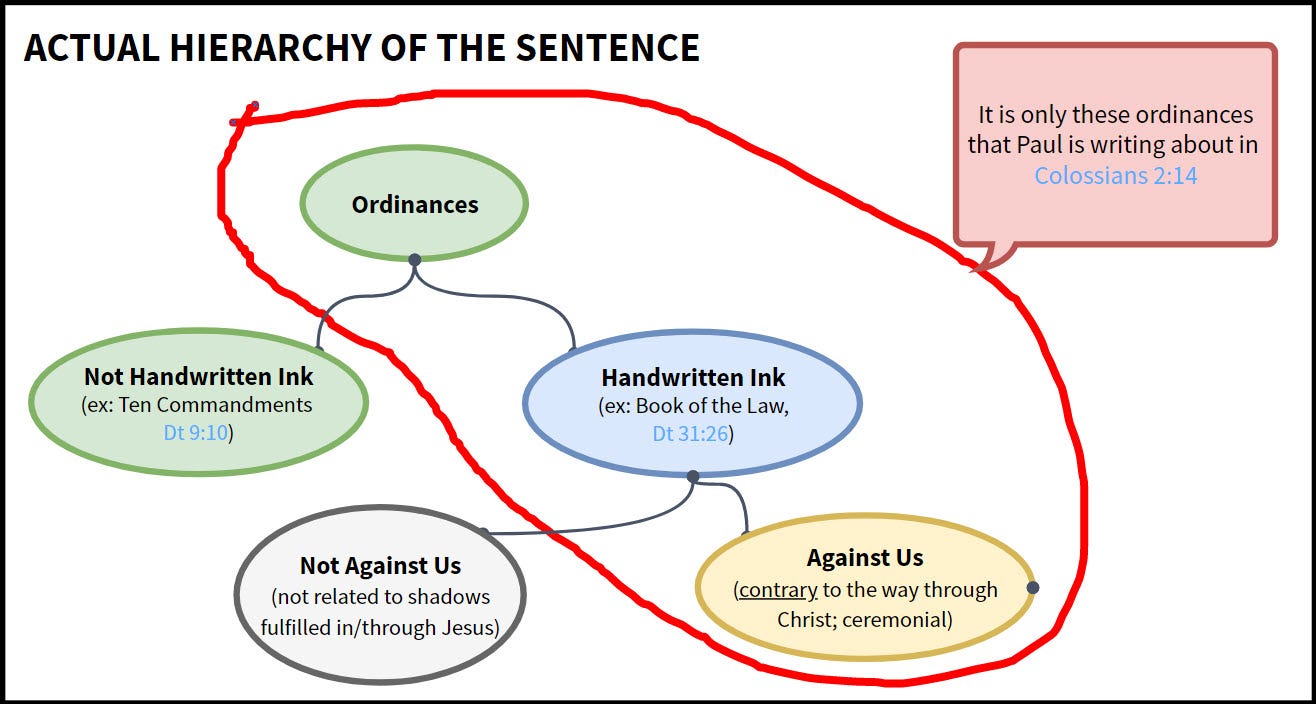What is Nailed to the Cross?
Colossians 2:14 – Shining a light on one of the most misunderstood verses in the Bible
Blotting out the handwriting of ordinances that was against us, which was contrary to us, and took it out of the way, nailing it to his cross;
Colossians 2:14, KJV
INTRO
We have before us here, a very controversial verse. This verse finds its place amongst the top contenders of verses that are most misunderstood and misrepresented by the mainstream church system of today.
It is important that when we approach this verse to gain understanding (or any scripture for that matter) that we do so with all our bias, opinions, and traditions laid to the side. We must ask God to open our eyes.1 We cannot rely on men to open our eyes, for it is only the spirit of truth that can truly cause us to understand truth.2 Yes, God may use men as instruments to scatter the seeds of His truth across the world, but we must test and search the scriptures for every message that we don’t fully understand, that God may grant us the ability to see.3
If we rely only on men, we set ourselves up to stumble. Some of the more challenging passages in scripture, such as this one, may require hundreds of hours of study in God’s Word to remove all the soot from the layers of tradition and misunderstanding that have been applied to our hearts and minds. This soot acts as a veil to keep us from discovering the shining gem of truth that is beneath the surface, waiting to be found.4
Dear reader, seek the Word of God for the answer, not a scholar, not a post, not a pastor, not the works of any man, exclusively. God shows no partiality.5 Those who diligently seek, will find.6 Take whatever you read in this post and study the scriptures to see if these things are so.
Let us set out on our journey now to discover the buried truth, and may God help us that we be not spoiled from finding this truth by philosophy, vain deceit, the traditions of men, and the rudiments of the world.7
TRADITIONAL INTERPRETATION
Before moving on to analyzing this scripture, let us begin with a statement regarding the common belief.
The common belief and teaching regarding this scripture goes something like the following (in my own words):
Everything delivered to Moses is now null and void as a result of being “nailed to the cross.” This includes any and everything that was written down by Moses. Even though God wrote the ten commandments on the stone tables with His own finger, and spoke them audibly to the people, Moses also wrote them down in a scroll and thus they are no longer applicable today.
A COMMENT ON LANGUAGES
As a help to understanding this scripture, we will look at the Greek text behind the English translation. However, before we start, I want to emphasize that one does not need to understand Greek or Hebrew to find truth. The King James Bible alone is a sufficient means for God to use to open the eyes of an earnest truth-seeker to understanding.
However, as a result of how great the deceptions are in the world today, and the number of pastors and scholars that are blocking people from seeing Biblical truths, sometimes a look at the original languages can be the very key that is needed for God to get someone’s attention and provoke them to question years of tradition and indoctrination.
A PEEK UNDER THE HOOD
I will now present this verse in Greek, side-by-side with the verse in English. Related parts have been highlighted in the same color to make them clearly identifiable. Remember, you don’t have to know how to read the words in Greek. I will explain the key parts that are necessary for our journey to understanding this verse.
Blue Text
“the handwriting… that was against us”
Let’s start by looking at the text that is highlighted in blue. You will notice, that in the English translation, these words are separated. In the Greek manuscript, they are together and related.
When we read this verse in English, it tends to cause us to associate that which is “against us” with the “ordinances.” However, in the Greek text, this descriptor is associated with the “handwriting,” and not with the ordinances.
The importance of this will unfold as we move forward.
Green Text
“of ordinances”
In the Greek language, nouns can have various forms based on how they are being used (Nominative, Genitive, Dative, and Accusative). It is not necessary for us to understand all of these for this writing.
What I will say, as it pertains to this verse, is that the green text is of the dative case. Although not the traditional possessive case form, the dative case is a bit flexible, and in this particular usage, the dative case shows us that there is a possession of sorts being described here. To say this another way, the handwriting is possessed by (and thus under) the ordinances, rather than the ordinances being possessed by (and thus under) the handwriting.
This is another critical point. Because of traditional teaching, we are led to believe that it is the handwriting that encompass all the ordinances. Though this may seem as minor semantics and of little importance, it plays a big role in supporting the false narrative of the traditional understanding.
I will illustrate this more clearly further down.
Orange Text
“which was contrary to us”
This phrase is further describing the portion of the handwritten ordinances that were “against us.”
This word in Greek has a prefix with the following letters: υπ (hyp: upsilon + pi)
This prefix shows us that this word is built from a base word and has a very close relation to it. Here are some examples of base words and related words that have this prefix, as well as their meanings:
The purpose of this picture is simply to illustrate the very close relationship between the base word and the word having the prefix of “υπ.”
CONTRARY TO US
With the above example in mind, let us consider this word contrary further. What exactly does it mean for something to be “contrary to us?”
In Acts 27:4, we find an example (using the very closely related base word) which can clarify how this word is to be applied.
Consider this scenario: The sailors had intended to go in a specific direction, but they were unable to do so because of the force and direction of the winds. As a result they had to submit, not to the way they wanted to go, but rather to the way that the wind was “commanding” them to go.
Next, consider that God instituted the plan of salvation in Eden.
“And I will put enmity between thee and the woman, and between thy seed and her seed; it shall bruise thy head, and thou shalt bruise his heel.” (Genesis 3:15)
It was not an afterthought. This plan was ready to go the moment that sin entered the world. Though it would be thousands of years before Jesus would walk upon the earth and give His life as a payment for the penalty of our sins, this plan was already in place from the very beginning.
After Moses led the Israelites out of Egypt, God presented them with certain laws, an earthly tabernacle, a priesthood, a system of sacrifices and offerings, and specified holy days with various requirements that were to be performed on those days.
All these things served as types (or shadows) to show the consequences of their sins, and to point their minds to the future when, one day, a Messiah would come and save them from their sins.8 All these things pointed to Jesus in one way or another. The psalmist exclaims:
“Thy way, O God, is in the sanctuary: Who is so great a God as our God?” (Psalm 77:13)
Though these things pointed to Jesus, they were not Jesus. They were not God’s original plan for the salvation of mankind. Though necessary for a time, one might say that these things were contrary to the original plan (direction) for salvation. Remember the winds in Acts 27:14.
FEAST DAYS AND OFFERINGS
No Christian would dispute that Christ served as the ultimate replacement for the system of animal sacrifices, for He is the Passover Lamb which taketh away the sins of the world.9
However, we must remember that when this letter was written, there were centuries of special offerings and feast day celebrations that were engraved into the minds of the people and the culture. Such things are not easily erased overnight.
A couple of verses later, Paul gives us another clue that these handwritten ordinances were also dealing with food and drink offerings and special gatherings of the people.
“Let no man therefore judge you in meat, or in drink, or in respect of an holyday, or of the new moon, or of the sabbath days: Which are a shadow of things to come; but the body is of Christ.” (Colossians 2:16–17)
Another entire study could be written to properly explain the misunderstandings with these passages. We will save that for another time. However, for today, consider the nearly identical language that Paul may have had in mind from a verse in Ezekiel:
“And it shall be the prince’s part to give burnt offerings, and meat offerings, and drink offerings, in the feasts, and in the new moons, and in the sabbaths, in all solemnities of the house of Israel: he shall prepare the sin offering, and the meat offering, and the burnt offering, and the peace offerings, to make reconciliation for the house of Israel.” (Ezekiel 45:17)
Those who were telling the believers in the early church that they still needed to keep the non-blood food and drink offerings as well as the annual and monthly gatherings were in error. These things have no place in order for the believer in Jesus Christ to be reconciled from their sins. They were pushing for obedience to laws that were contrary to the final plan of salvation, and that were simply types used to point people to the coming Messiah. After Jesus came, these ordinances were blotted out as ink on a page.10
The ordinances, which were nailed to the cross, are the ones which dealt with these matters.
FORGIVEN OF TRESPASSES
To make sure that we don’t have any loose ends which can be used against reaching a proper understanding, let’s back up and look at the verse prior to that of our focus text.
“And you, being dead in your sins and the uncircumcision of your flesh, hath he quickened together with him, having forgiven you all trespasses;” (Colossians 2:13)
Jesus, through His sacrifice on the cross, provides the way for us to be forgiven of all our sins. We no longer need to sacrifice animals. The handwritten ordinances of Moses which were contrary to the final plan of salvation, included animal sacrifices.
The ordinances, which were nailed to the cross, are thus also related to those which deal with the forgiveness of sins. Jesus obviously nailed these to the cross, as pictured in His actual body being nailed to the cross as the final blood sacrifice to ever be required of that system.
VISUAL OF HIERARCHY
As a further illustration to help with understanding the differences between the ordinances and the handwriting, I will present two pictures.
Here, the first picture shows the traditional understanding of this verse, as I described in the beginning of this post.
When incorrectly interpreting this verse to fit this model, one ends up concluding that every single command that was given by God in the wilderness is now null and void unless it is specifically stated in a clear manner in the pages of the New Testament.
Next, here is a picture that illustrates a proper understanding of this verse.
With a proper understanding of this verse, we see that there are a variety of ordinances, and that Paul is only addressing a specific set of those ordinances.
The ten commandments were delivered audibly and then written into stone tables by the finger of God. These are not “handwritten.”11
The handwritten ordinances are amongst those which are found in the “book of the law.”12 Not all of these laws are applicable to what Paul is addressing in Colossians 2:14 because not all of them are related to God’s final plan of salvation, nor did they serve as types which pointed to the Messiah. Thus, they could not be contrary to way of obtaining of that salvation, nor could they be shadows of which the body is of Christ.13
CONCLUSION
In studying the sentence structure, word meanings, hierarchy, and surrounding verses, we see that it is only a portion of the ordinances that Paul is addressing as being “blotted out” and nailed to the cross.
What
This portion of ordinances pertains to those that were dealing with the forgiveness of sins, for we now find forgiveness through Jesus Christ.14
Additionally, those ordinances dealing with the ceremonial laws of the priests and the system of sacrifices, food and drink offerings, gifts, washings, etc. are included, as those were only to remain in effect until Christ.15
Lastly, the ordinances dealing with meat (food) and drink offerings, the feast days (and their special offerings), the new moon gatherings (and their special offerings), and the annual sabbaths which occurred on feast days (and their special offerings) are included. These ordinances were simply shadows (types) pointing the Israelites to the coming Messiah, Jesus Christ our Lord (body / anti-type).16
How
The above ordinances were “contrary to us” in that they were opposed to and not in agreement with the direction of the official and final plan of salvation, established through Jesus Christ. They pointed people to Jesus until they were all replaced by Him upon the cross.
Ten Commandments
The ten commandments were not types or shadows pointing to Jesus. Thou shalt not murder was not nailed to the cross. The ten commandments serve as the moral foundation upon which all other laws, covenants, and ordinances are built.
The Sabbath day is truly a delight.17 It is a gift from God to man,18 and not some grievous burden that a Christian “must” carry.19
A cry has been going out to the world, for over 100 years now, for people to come out of Babylon.20 This cry continues today, and will begin to get louder as God is waking more and more people up to the truth of the Sabbath and His commandments. We will soon find that sabbath-keeping will serve a distinguishing mark of God’s people in the last days.
PRAYER
May God help us to remain faithful until the end, and open our eyes to every form of deception, that we may see and understand all truth, and so that no man may take our crowns.21
God Bless,
Charles
Scripture Index
ex: Num 5:23-24


